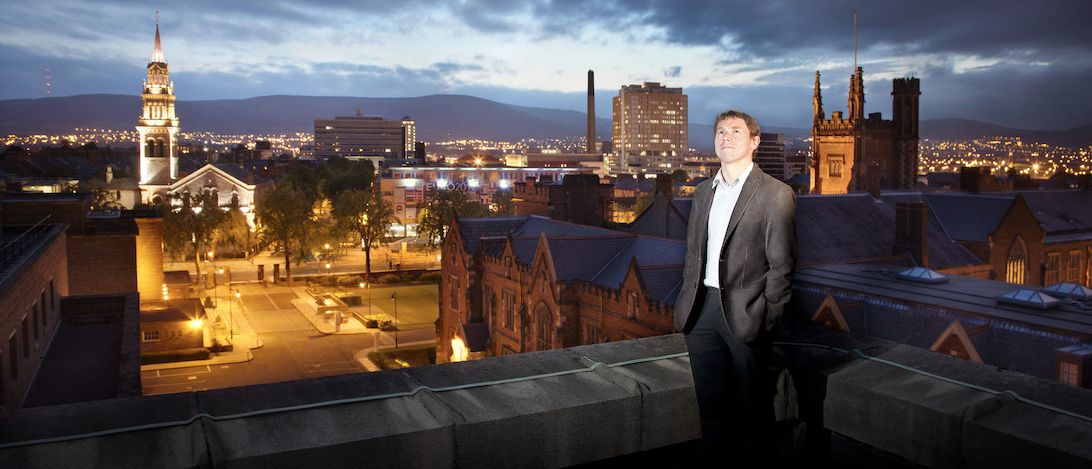Queen's astronomers’ starring role in first movie of the Universe
Astronomers at Queen’s University Belfast will lead the UK’s efforts to search for exploding stars, comets and potentially hazardous asteroids using the world’s largest digital camera.

The Large Synoptic Survey Telescope (LSST) is currently being built in the Chilean Andes. The 3.2 billion pixels telescope will be used by an international team of astronomers to take images of the sky that each cover over 40 times the area of the moon, building up a survey of the entire visible sky in just three nights.
Billions of galaxies, stars and solar system objects will be seen for the first time and monitored over ten years in what will be the first motion picture of our Universe, being dubbed the ‘greatest movie ever made’.
The Science and Technology Facilities Council today (Thursday 19 May) confirmed that Queen’s Astrophysics Research Centre will play a leading role in the UK’s participation in the LSST project.
Professor Stephen Smartt, Director of Queen’s Astrophysics Research Centre, said:
“Experts from Queen’s will lead the UK effort to find distant supernovae – exploding death stars – which hold the key to understanding the origin of the chemical elements of the periodic table and the size and geometry of the Universe.
“We will also lead the search for asteroids and comets, including potentially hazardous asteroids that may pose a threat to Earth. We will also use LSST to search for new and distant planets that lie beyond Pluto, over 4 billion kilometres away from Earth.
“Queen’s has received significant funding from the Science and Technologies Facilities Council for this project, which is testament to our world-class research capabilities in this area. Queen’s Astrophysics Research Centre is renowned globally for its expertise in looking at the time variable sky. We have been using the Pan-STARRS telescope in Hawaii for many years to discover things that flash, explode or move quickly across the sky. The LSST will define our surveys of the sky for the next twenty years and we are delighted to be part of the discoveries it will make.”
Steven Kahn, the LSST Director said: “I am delighted that STFC is supporting UK participation in LSST. It is great to see UK astronomers engaging in preparation for LSST, and we look forward to seeing our collaboration develop over the coming years. LSST will be one of the foremost astronomy projects in the next decades and the UK astronomical community will contribute strongly to its success. The telescope is being built in the Chilean Andes. Conditions there are some of the driest on Earth, making it the ideal position for observing.”
The telescope will achieve first light in 2020 and its main sky survey will begin in 2022. When it starts operating, t will generate one of the largest scientific datasets in the World. It will form an overall view of the Universe: billions of objects will be imaged in six colours, spanning a volume of the Universe that is larger than any previously explored.
The unique feature of the LSST is that each of its images covers a large area of sky to a depth that captures faint objects, and the speed at which it takes these images.
Media
Media inquiries to Anne-Marie Clarke (Mon-Wed) or Michelle Cassidy (Thur-Fri) at Queen’s University Communications Office T: +44 (0)28 9097 5310 E: comms.officer@qub.ac.uk